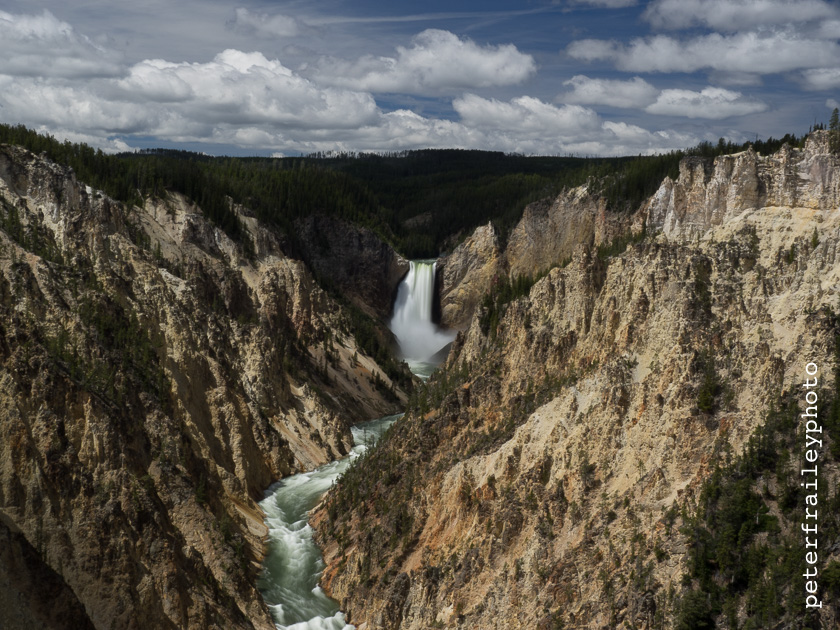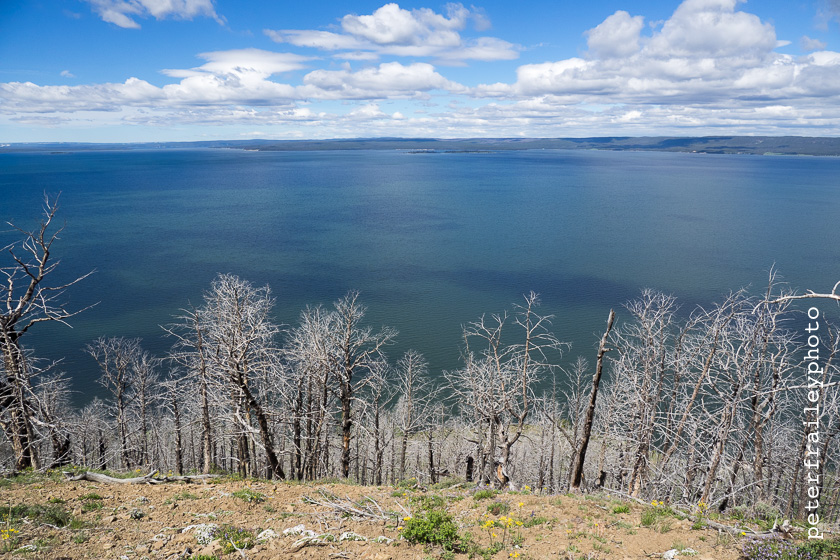Bison at Yellowstone
The National Park Service (NPS) estimates that there are over 5,500 bison in Yellowstone. There are two sub-populations. About 2/3 of the animals live in the northern area where these photos were taken, and 1/3 in the central area.
Yellowstone is the only area in the lower 48 states where there has been a constant population since prehistoric times. Nevertheless, we almost lost them. It is well-known that the bison almost went extinct. Even in the park, due to poaching, there were only two dozen bison remaining in 1902.
The NPS recommends that you stay 25 yards away from a bison (100 yards for a bear). They can be aggressive, though they appear docile, and can run up to 30 miles per hour. The male can weigh up to 2,000 pounds and the female up to 1,000 pounds. You don't want to annoy one of these guys. There are many incidents of visitors being injured, and just last year a visitor was fatally gored.
 |
| Up Close and Personal |
 |
| Calving was in May |
 |
| Traffic Jam |
Yellowstone is the only spot in the lower 48 states where bison have lived continuously since prehistoric times. Unfortunately their numbers reached a low of just a couple of dozen in 1902, before the army was able to stop the poaching. Now there are more than 5,000.
Below: We watched this herd of bison congregate in the open area and eventually down by the river. What a morning we had. I actually brewed a pot of coffee in the RV as we watched the bison come from several directions to assemble here. We were the first vehicle on the scene but soon both sides of the road were lined with parked vehicles. By the way, Yellowstone is the only spot in the lower 48 states where bison have lived continuously since prehistoric times. Unfortunately their numbers reached a low of just a couple of dozen in 1900, before the army was able to stop the poaching. Now there are a few over 5,000.

















































